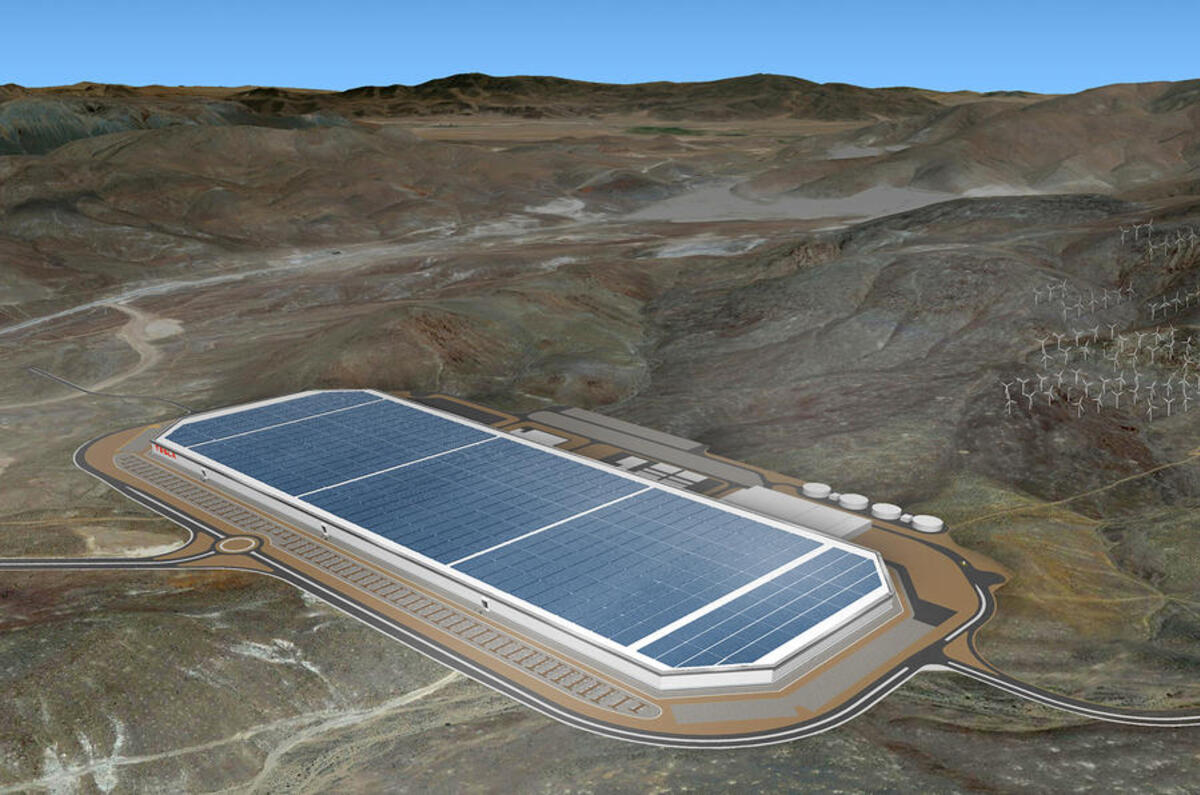Construction has started on Tesla's $2 billion facility in Shanghai, China, where it plans to commence production of the Model 3 electric car by the end of 2019.
At a ceremony attended by local and government authorities, the American company's CEO, Elon Musk, stated that the new facility should be operating at capacity by 2020.
Bloomberg reports that the factory will be capable of producing 500,000 vehicles per year, which would double Tesla's targeted production. Musk also aims for 500,000 vehicles per year from its Fremont plant in California, US.
The new plant is the first foreign-owned car factory in China. It will help Tesla to mitigate the effects of the ongoing US-China trade war by eliminating the impact of rising export costs.
In order to strengthen the electric vehicle maker's position in a crowded Chinese automotive market, a new company, Tesla (Shanghai) Co Ltd, was set up with 100 million yuan (around £11.6 million). It will focus on “technical development; technical services; technical consultation; technology transfer in the field of electric vehicles, spare parts, batteries, and energy storage equipment; electric car display; and product promotion,” according to Sina Finance.
Musk previously announced that the company's smaller models - the troubled Model 3 saloon and upcoming Model Y SUV - will be made at the plant, but not the older Model S and Model X.
A European Gigafactory will be Tesla's fourth, although it appears to be some way off.
The company's well-documented production troubles with the Model 3 have led to heavy investment in the company’s US Gigafactory to quell "production bottlenecks" and reach delivery targets for the entry-level model.
Read more:
Tesla to build European Gigafactory
Tesla Model Y production planned to begin in November 2019








Join the debate
Add your comment
The significant thing here is
The significant thing here is that Tesla has done what all the other car makers failed to do.
Tesla is setting up a car factory in China that is owned and run by Tesla itself, not only that but the local state controlled banks are giving them low interest loans to build the plant and the plant is being built at record speed.
Every other can manufacturer has had to partner with a local manufacturer so that they can "learn" from the established manufacturer. Tesla simply said no and the Chinese government wanted them there badly enough to change the policy.
Given the average Tesla sells for $50k that will make them a $50 billion turnover company by 2020. At this point the revenue that Tesla will bring in and their lack of legacy plants producing ICE vehicles and legacy costs like massive pension schemes mean that the existing manufacturers won't be able to outspend Tesla on electric tech even if they tried.
Europe next
Without an EU factory Tesla will always struggle in Europe for the mass market, the 20% tariff is just to big. BMW, Merc etc have been given a life line/breather due to it!
Built in......?
Having watched a Documentary last Night on BBC2 called....a Scot in China, I’m not surprised this Factory was being built there, it may be a one party system out there but things get done, in 2008 they started to built there high speed Rail link, 10 yrs later it covers thousands of miles, an astonishing fact was told that, in three years China used more Concrete than the USA used last Century, so, it’s no wonder that companies are going to China.